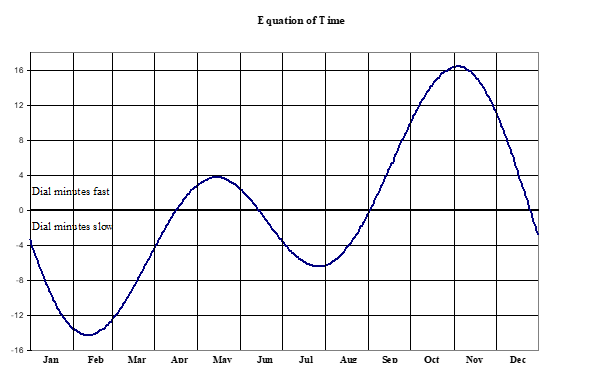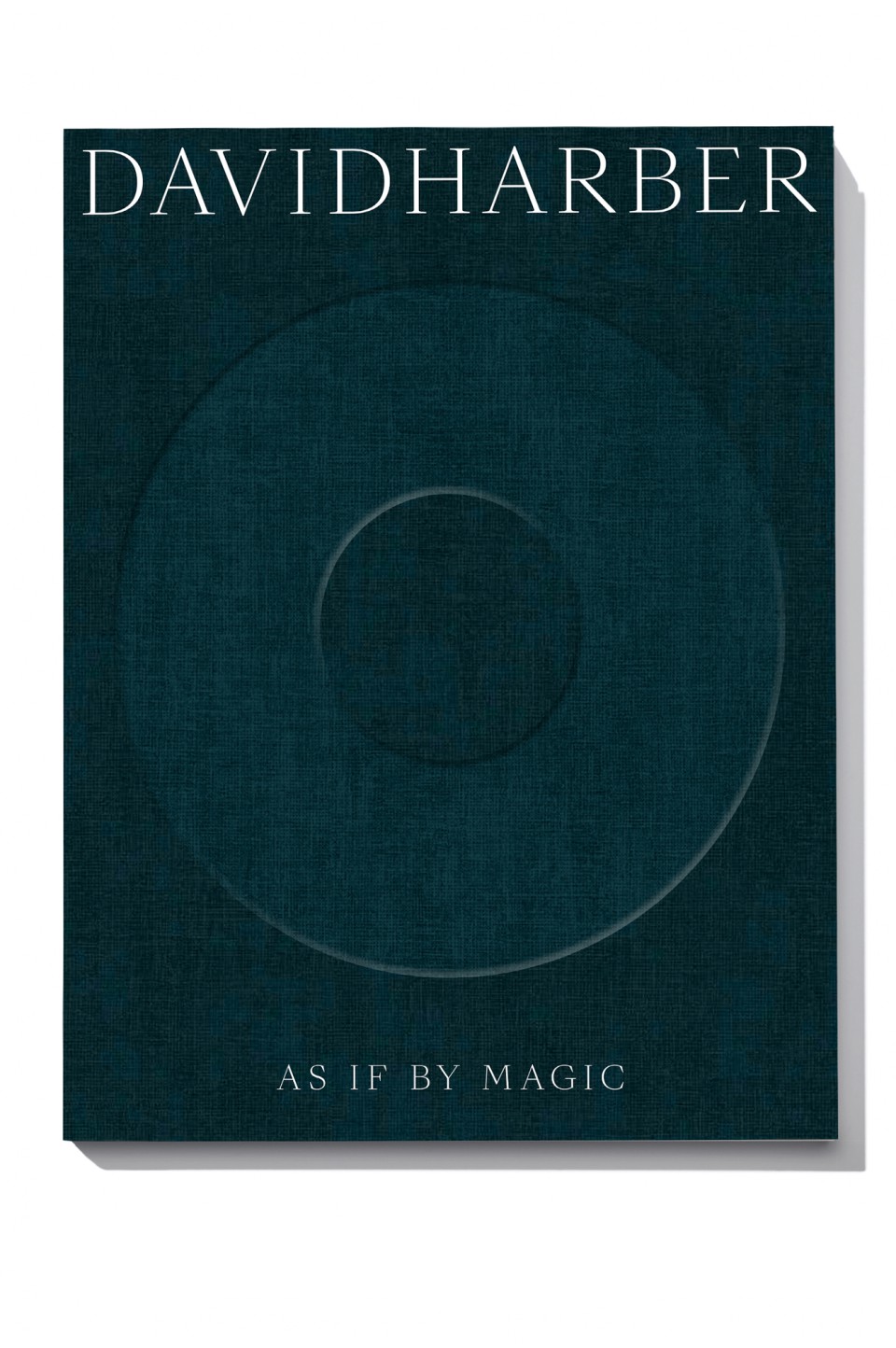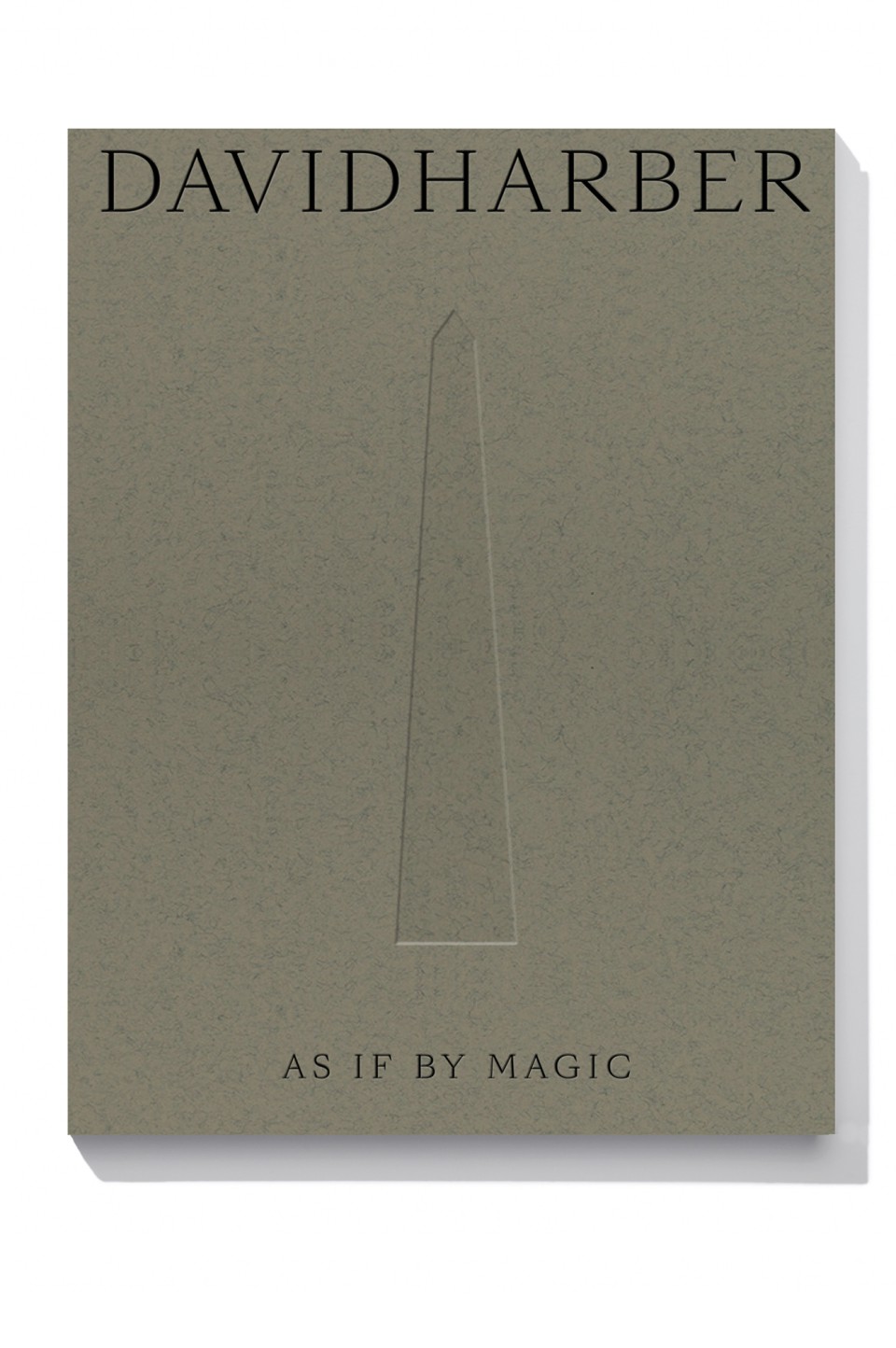How To Read A Garden Sundial

Sundials are a type of shadow clock that tracks the passage of time using the position of the sun and shadows. There are a few different types of sundials, including armillary spheres, horizontal dials and vertical sundials, and each marks time uniquely.
How does a sundial work?
In its simplest form, a sundial consists of a flat surface, known as the dial plate, marked with hour lines and a raised arm or stick called the gnomon, which casts a shadow across the dial as the sun moves across the sky.
All sundials must be positioned in direct sunlight to work. As the sun travels around the Earth’s axis, the shadow created by the gnomon falls on the hour lines etched into a dial plate, or an hour band on an Armillary Sphere, which are like the hands on a clock. This shadow line moves depending on the time of year and the time of day.
On a standard David Harber Armillary Sphere, hour marks are set at 15-degree increments. A sundial in the Northern Hemisphere will have a gnomon pointing north, and you read the dial north-south. This is reversed in the Southern Hemisphere.

How to read the time on a sundial
To work as accurate timepieces for the local time at their specific location, sundials are made using degrees of longitude and latitude. To read these historic instruments, you first need to understand the equation of time.
Sundials do not tell Mean Time (clock time) but Local Apparent Time, sometimes called solar time or sundial time. For each degree of longitude West of the mean time, the sun is 4 minutes slow, and for each degree East, it’s 4 minutes fast – this is reversed in the Southern Hemisphere.
To find the mean time, you need to use the equation of time graph below. Find the relevant month of the year on the horizontal axis, then add or subtract the number of minutes indicated on the graph from the time shown on the dial to reveal the Mean Time.

Remember to add one hour in the summertime to account for daylight saving time, or if your dial is set to daylight saving time, you will need to subtract an hour in the winter to revert to standard time.
In the Southern Hemisphere, the settings are the same but flipped, and sundials are read in reverse.
How accurate is a sundial?
A sundial is accurate to solar time or Local Apparent Time rather than Mean Time or clock time. For a sundial to be truly precise, the piece needs to be made to the longitude and latitude of its intended location.
What direction is 12 on a sundial?
The direction of 12, or the noon line, on the hour band in the Northern Hemisphere always points north-south, but its position on the hour line will change according to your exact location and time zone. In the UK, for dials set to GMT, the closer the sundial placement is to the Greenwich Meridian, the more central the 12 will sit on the hour band.
How do you adjust a sundial for accurate timekeeping?
Sundials are not as accurate as modern clocks; time ranges can be as far as 16 minutes from the exact time. Clock and solar time are perfectly aligned just four times a year.
David Harber sundials are as precise as a sundial can be because we customise every design to your location. This means you do not need to adjust your sundial during the year, but you will need to account for daylight saving.
Bewitched by the magic of these incredible timepieces? Read A History Of Sundials: How Shadow Clocks Mark The Passage Of Time to find out more.

The magic of conversation
Whether you’ve decided on a piece, or you just want to sound out any aspect of our work, then please do get in touch.















